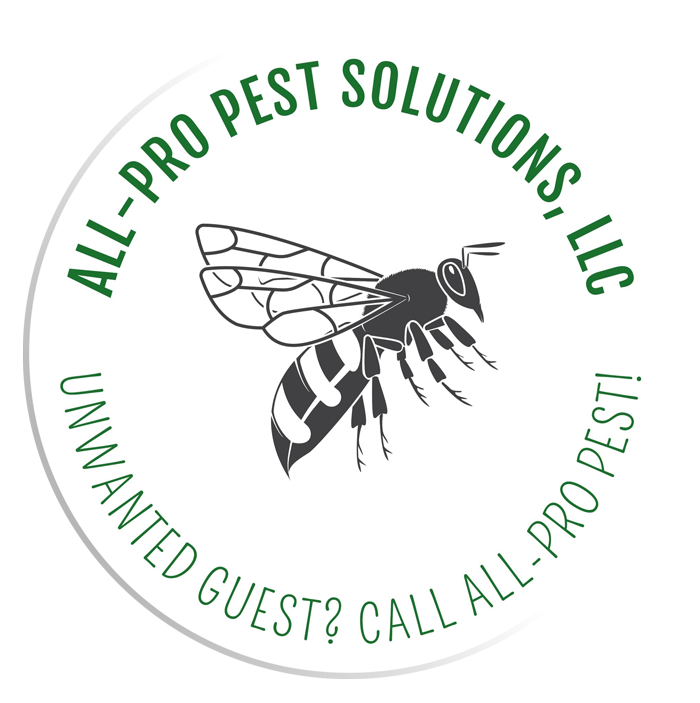Flea Prevention
Preventing fleas involves a combination of measures aimed at controlling their presence on pets, in the home, and in outdoor areas. Additionally, it's important to understand the potential diseases that fleas can carry. Here are some preventive measures and information about diseases associated with fleas:
Preventive Measures:
Regular Pet Care:
Use flea prevention products recommended by your veterinarian for your pets. This may include topical treatments, oral medications, or flea collars.
Bathe and groom your pets regularly to help identify and remove any fleas.
Home Maintenance:
Vacuum your home regularly, paying special attention to areas where pets spend time. Dispose of the vacuum bag or empty the canister outside.
Wash pet bedding, blankets, and other items in hot water to kill flea eggs and larvae.
Yard Maintenance:
Keep outdoor areas well-maintained by mowing the lawn and trimming vegetation. This reduces hiding places for fleas.
Use outdoor flea control products in areas where pets spend time.
Limit Wildlife Access:
Feral animals and wildlife can introduce fleas to your environment. Take measures to limit their access to your property.
Flea Control Products:
Consider using insecticides, flea sprays, or foggers in your home, following the instructions provided by the product.
Consult a Pest Control Professional:
If you have a severe flea infestation, consider consulting a pest control professional who can provide targeted and effective treatment.
Diseases Associated with Fleas:
Plague:
Fleas can transmit the bacterium Yersinia pestis, which causes the bubonic, septicemic, and pneumonic forms of plague. While rare, cases of plague still occur in some parts of the world.
Typhus:
Fleas can carry bacteria that cause various forms of typhus, including murine typhus and epidemic typhus.
Cat Scratch Fever:
Fleas can play a role in transmitting Bartonella henselae, the bacteria responsible for cat scratch fever, though direct contact with an infected cat is more common.
Tapeworms:
Fleas serve as intermediate hosts for tapeworms. Pets can ingest infected fleas while grooming, leading to tapeworm infestations.
Additional Tips:
Monitor Your Pets: Regularly check your pets for signs of fleas, such as excessive scratching or visible fleas on their fur.
Consult with a Veterinarian: If you suspect a flea infestation or if your pet is showing signs of discomfort, consult with a veterinarian for appropriate treatment.
Educate Yourself: Stay informed about the specific types of fleas in your region and the diseases they may carry. This knowledge can help you take targeted preventive measures.
Remember, prevention is key in dealing with fleas. By implementing these preventive measures and staying vigilant, you can reduce the risk of flea infestations and minimize the potential for disease transmission. If you have concerns about fleas or your pet's health, seek advice from a veterinary professional.


